.png)
1. What are some of the biggest challenges facing an industry like yours right now?
As a technology partner and global supplier for the automotive and industrial sectors, one of the industry's key challenges is keeping up with the fast-changing technology landscape and remaining competitive while ensuring sustainable business growth in the long term.
As we look to develop our strengths and strive for continuous improvement, we have identified five key megatrends that provide strategic opportunities for our future success. These include Sustainability and Climate Change, New Mobility and Electrified Powertrain, Autonomous Production, Data Economy and Digitalization, and demographics.
By analyzing these megatrends thoroughly, we have narrowed our research and development efforts into six product and two production innovation clusters in which innovative ideas are checked against their market potential and Schaeffler’s areas of expertise.
The innovation clusters are also part of Schaeffler’s Innovation & Technology cross-divisional subprogram of our “Roadmap 2025” strategy – where our customer needs are the focus.
As the industry transits towards new technologies to meet shifting customer needs, these changes serve as a catalyst to develop breakthrough innovations that can bring value to our customers and advance the world of mobility and motion. Similarly, challenges such as the scale of supply chain related constraints and imbalances and the significant rise in steel prices provide unique opportunities for us to develop innovative products and technologies that can help minimize impact across the value chain.
2. How do you see the role of CTO developing in the future of organizations?
The role of CTOs will develop into one that requires the necessary agility and dynamism to diversify beyond just technological operations but into technological innovation and cope with the ever-changing environment and demands.
To ensure continuous sustainable success, CTOs will need to establish a deep understanding of their organization’s stakeholders, have an astute business acumen to draw links between the company’s technology and its applications in external networks, and be bold enough to challenge the existing status quo to bring the organization forward.
At Schaeffler, we focus on the “Innovation to business” concept that helps us look at innovation objectively to drive customer value.
3. What does innovation mean to your organization and how does it relate to technology?
Asa technology partner, innovation would also mean exploring new paths, thinking laterally, and shaping the way ahead. This applies to our products and services as well as our production process – including exploring the use of technology to deliver what our customers need.
Guided by our eight defined innovation clusters, we have continuously structured our innovation approach to leverage synergies across our business divisions to exceed customer and market requirements. An instance of this is our development in hydrogen, where we see a strong business potential for realizing innovative solutions in industrial applications with the support of our automotive business division.
Furthermore, as robotics and industrial automation continue to expand in the region, we are enhancing our technology know-how and competencies in areas such as collaborative robotics and IoT technologies via our SHARE at NTU advanced research facility and competence hubs in Japan and Korea.
Ultimately, we see innovation and technology closely tied to one another because technology, after all, drives innovation.
4. What do you think is the most impactful innovation that has come out of Schaeffler in recent years?
At Schaeffler, we value every innovation that has positively brought about gains and growth across the automotive and industrial parts of our business while strengthening our position as a pioneer of sustainable mobility and motion.
For instance, we launched OPTIME, an affordable and easy-to-use comprehensive condition monitoring device that allows hundreds of rotating machines to be monitored in a much shorter time compared to traditional condition monitoring to drive greater transparency and efficiency in the industrial sector.
Suitable for beginners and experienced users, the Red Dot Award 2021-winning OPTIME improves cost efficiencies, involves quick installations, and provides professional diagnostics.
We also recently announced the launch of our TriFinity triple-row bearing and the high-efficiency ball bearing with centrifugal disc designed for use in electrified powertrains. No bigger than the standard two-row wheel bearing, the innovative ball bearing design provides an alternative to preloaded tapered roller bearing units.
Looking forward, we are scaling our green hydrogen development in Japan, which we started five years ago as part of our corporate research and development. Focused on upstream and downstream across the hydrogen value chain, we are making inroads into producing significant quantities of green hydrogen to accelerate the energy transition.
As we look to create sustainable value for our customers and business partners in times of uncertainty and change, we are optimizing our R&D efficiency and focusing on the accelerated transfer of innovations to business through our innovation clusters or focus fields.
5. What are some of the benefits of open Innovation for Schaeffler in the long term?
Through Open Innovation, we identify, engage, and collaborate with external partners that have the ideal capabilities and talent aligned with the goals of our business and functional stakeholders. This approach allows us to realize disruptive innovations and venture into new development fields for sustained business growth in the region.
There are two pillars in our Open Innovation framework. The first is collaborations with universities and research institutes for research and knowledge transfer. The second is working with start-ups and external partners to strengthen our innovation to business approach.
Under the first pillar, we have partnered with leading universities worldwide via our SHARE network, which comprises a global research network with leading universities worldwide focusing on applied research to expand the current state of technology and transfer these new insights into Schaeffler Advanced Development and Product Development activities.
Using a company-on-campus concept, each SHARE has a distinct focus. For instance, our SHARE facility at Karlsruhe Institute of Technology (KIT) focuses on electric and automated mobility. In contrast, SHARE at Friedrich-Alexander University(FAU) focuses on digitalization and data science. Our SHARE at Southwest Jiaotong University (SWJTU) focuses on interurban mobility, particularly railway technology, while SHARE at Ohio State University (OSU) focuses on solid-state battery technology. Last but not least, our SHARE at Nanyang Technological University (NTU) focuses on research and development in robotics and Industry 4.0.
Last year we announced our anchor partnership with Startup Autobahn powered by Plug and Play! to build a tech-partner ecosystem around our innovation clusters. With an open innovation network present in countries such as China, India, and Singapore, the partnership provides opportunities for Schaeffler to tap on startup AutoBanh’s partner network and select the right start-ups that can speed up innovation in our focus areas.
This enables us to look for new technologies and competencies to bridge existing gaps while keeping us competitive in the long term.
6. How does Schaeffler plan to drive value for both partners and customers with Open Innovation?
What we’ve experienced through our collaboration with start-ups is their knack for innovative ideas. However, they lack the scale and capabilities to capitalize on these ideas to industrialize at scale. This lack of industrialization capability is one of the leading factors for low business success among start-ups.
By working closely under our open innovation model, we aim to bring our unique industrialization and production competence to our start-up partners and bring promising innovations to markets quickly.
Additionally, by promoting an open collaboration with external partners, we look to bring in external perspectives that enable us to broaden our know-how regarding systems, new technologies, and processes, enabling us to develop new competencies that can generate the highest value for our customers.
Find more at https://www.schaeffler.sg/en/






.png)

.jpg)
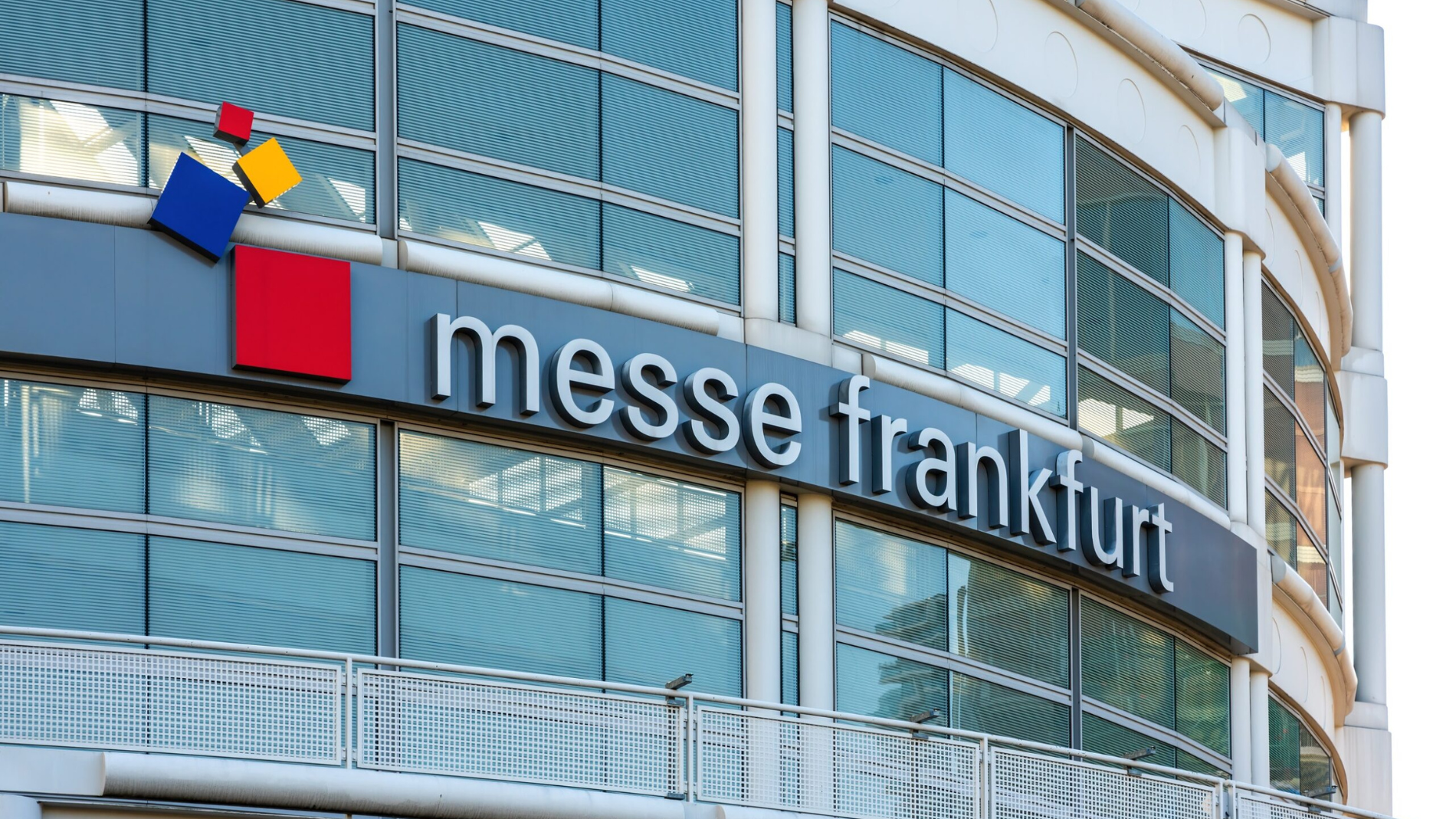
.jpg)
.png)


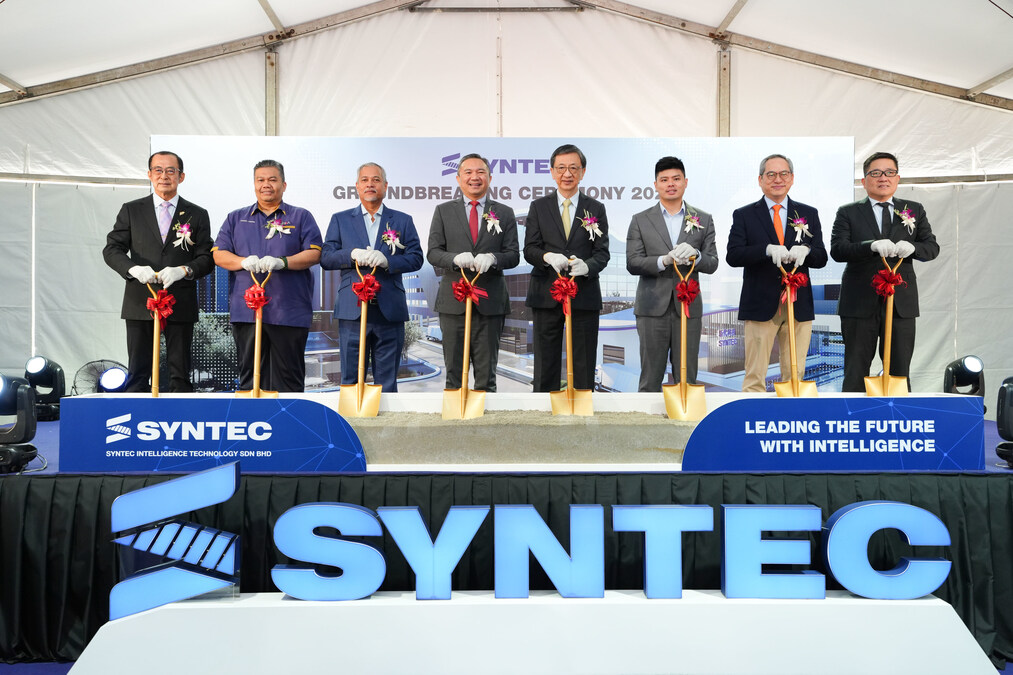

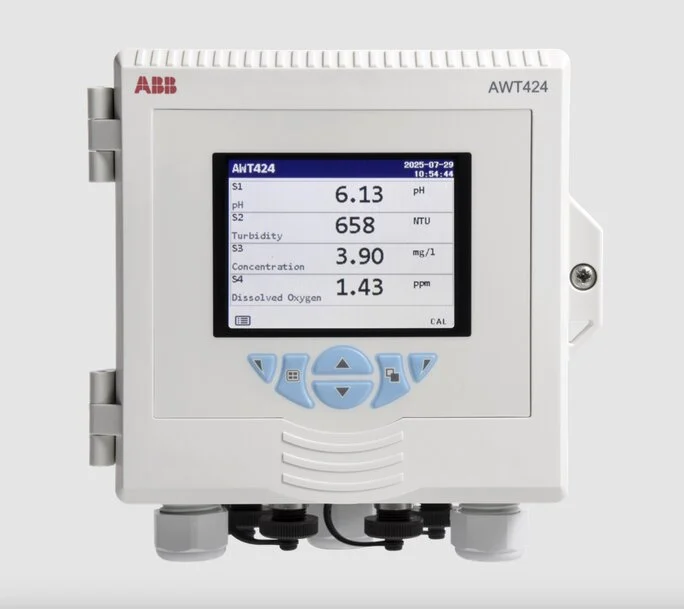

.jpg)
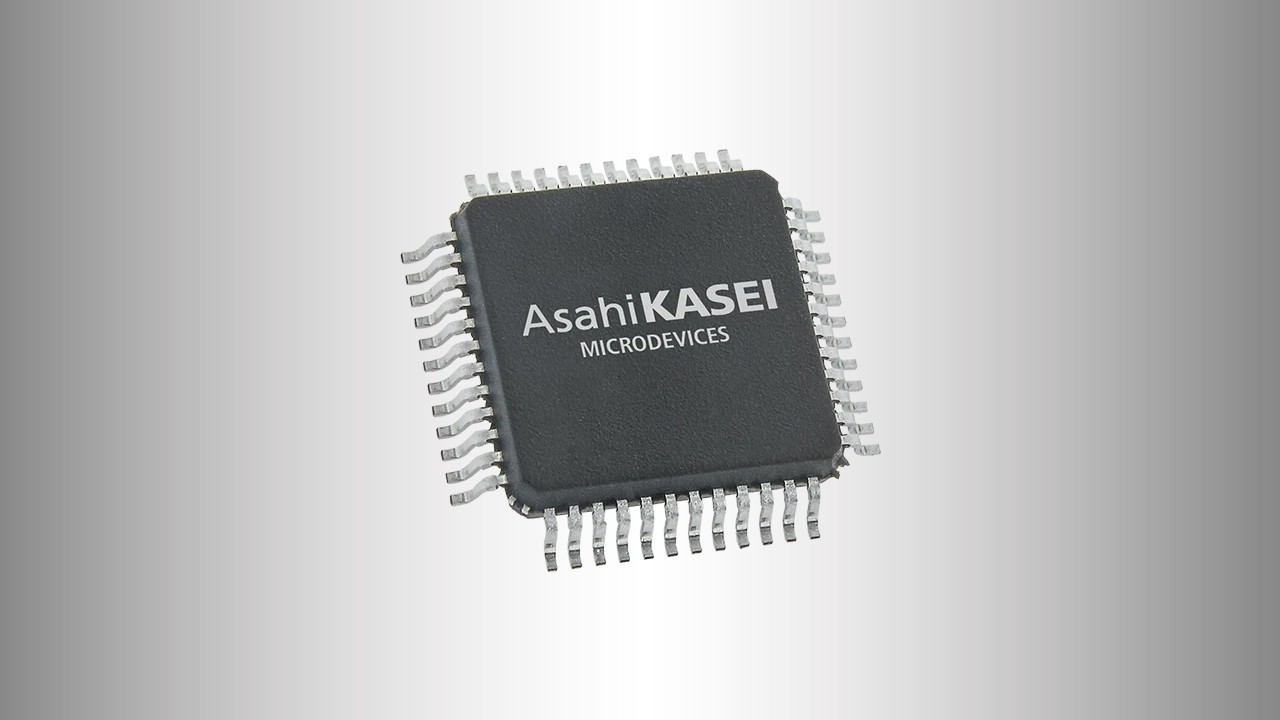
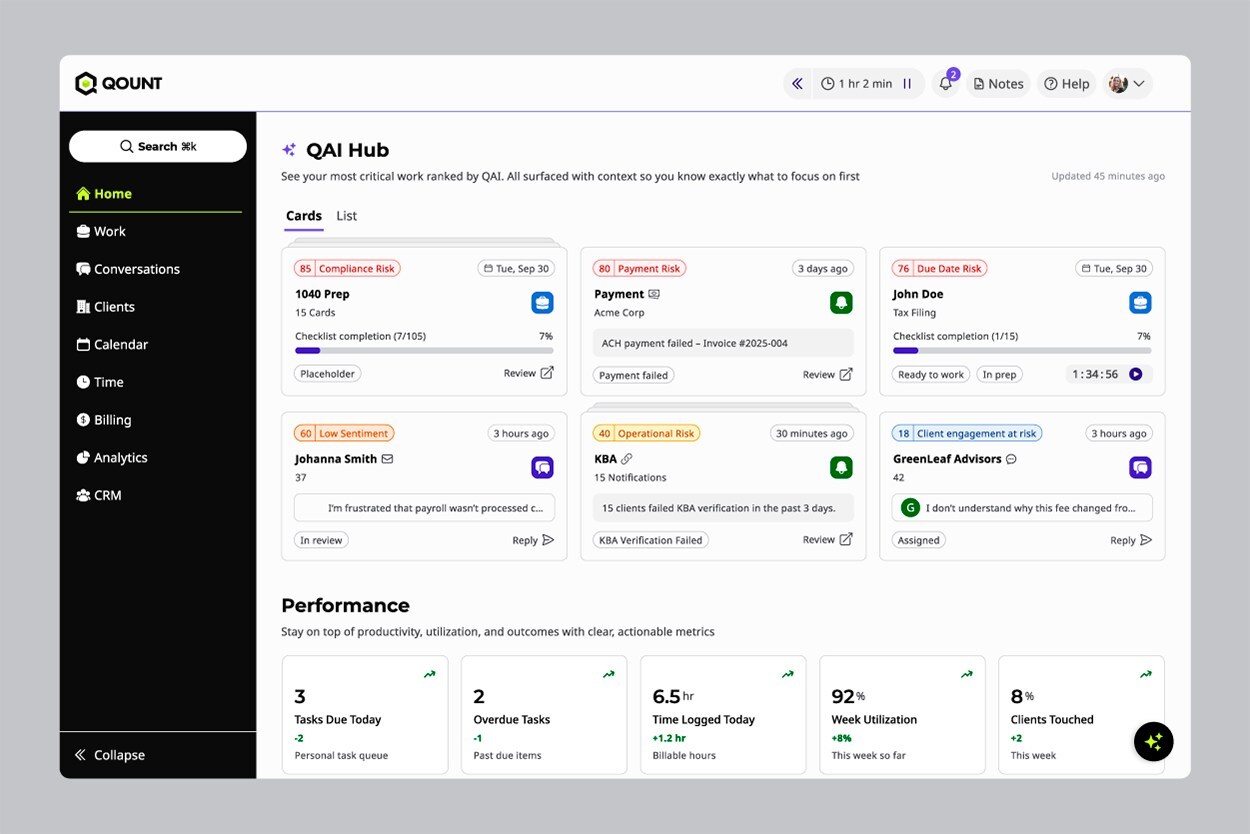

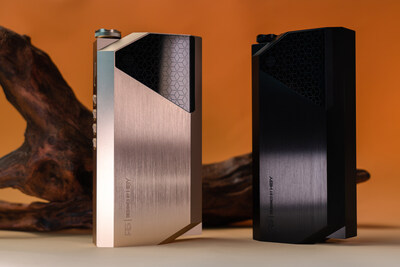







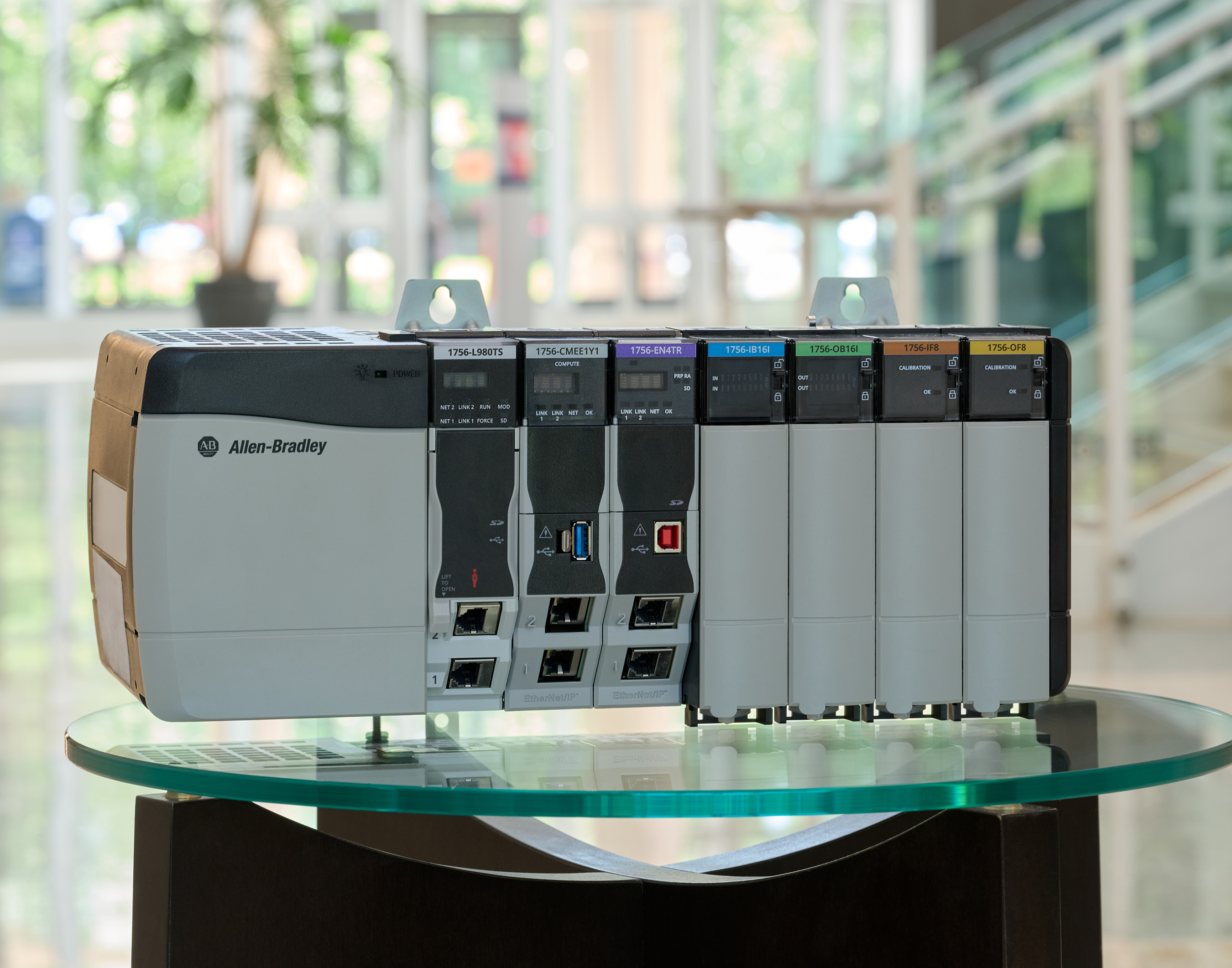

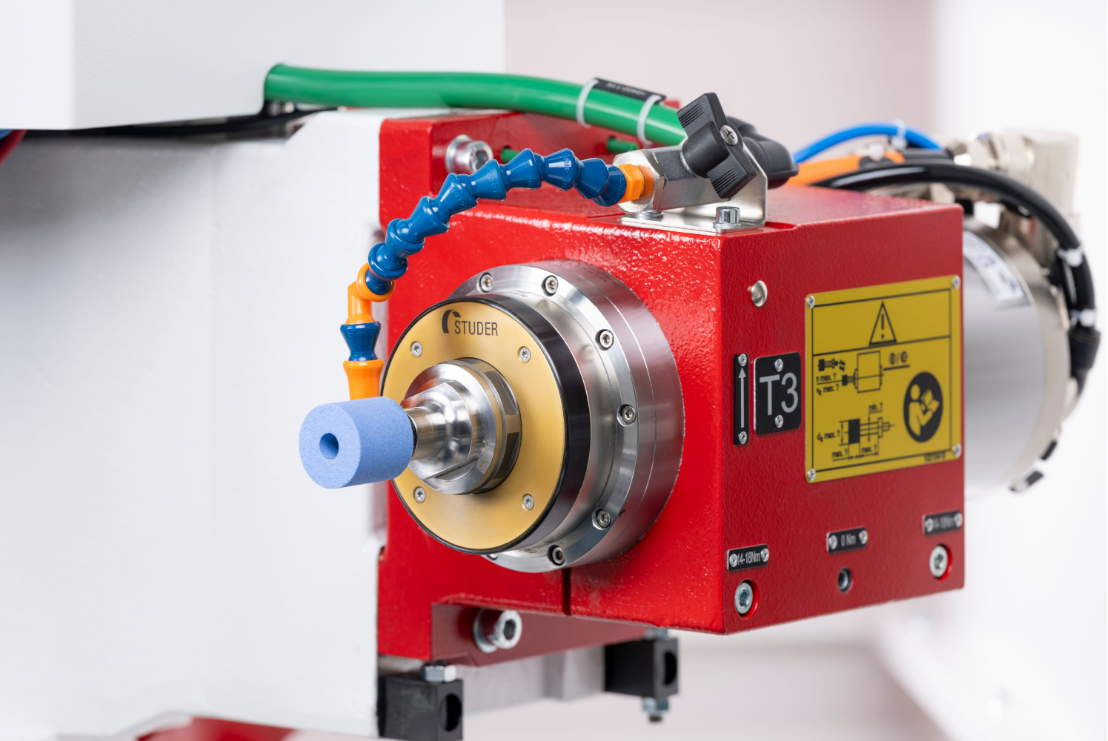
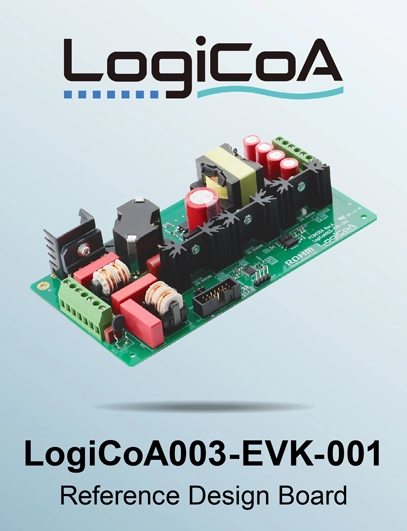
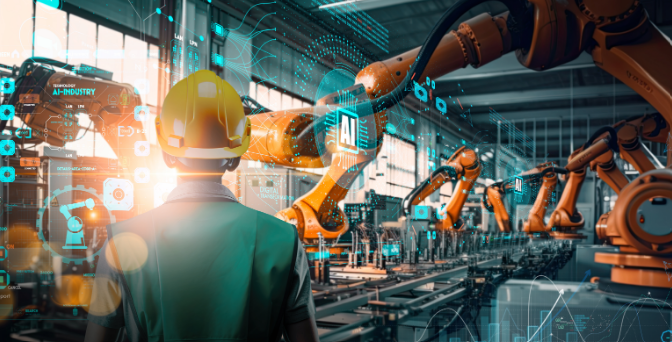



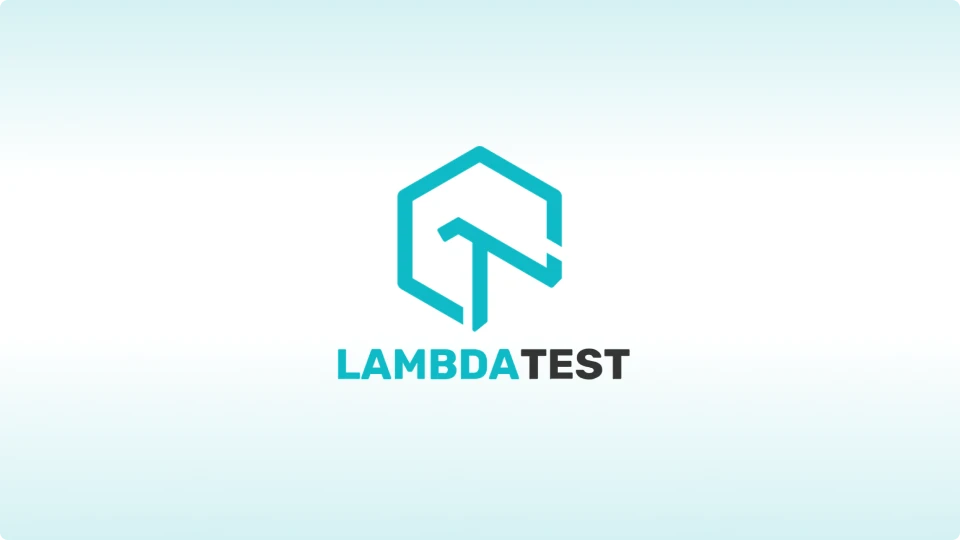
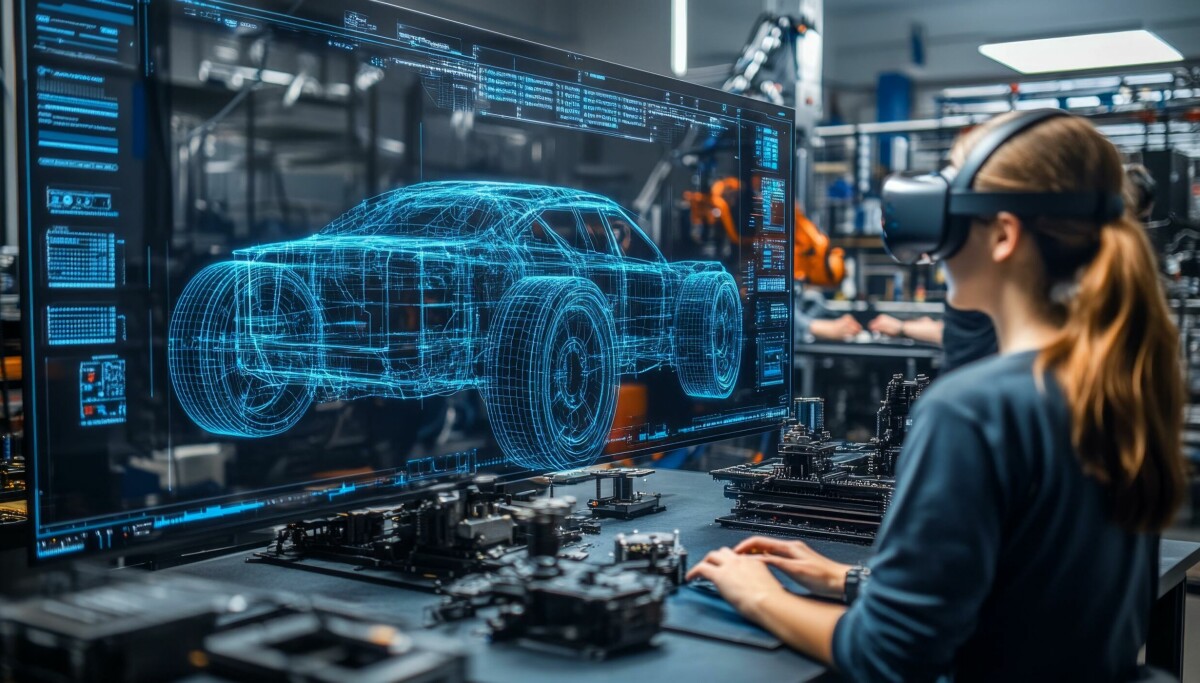

.png)

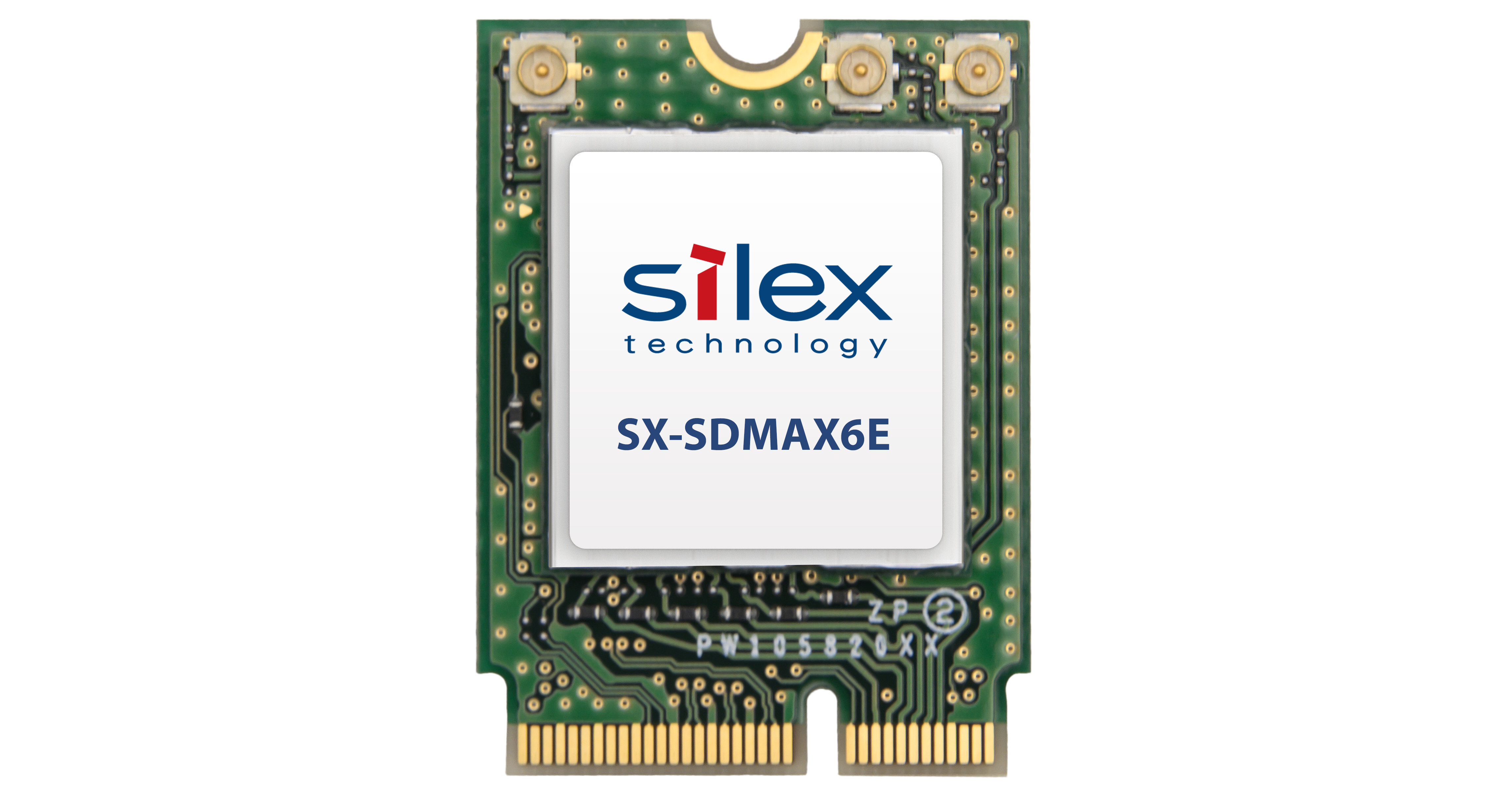



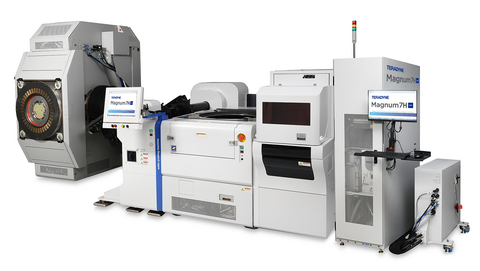





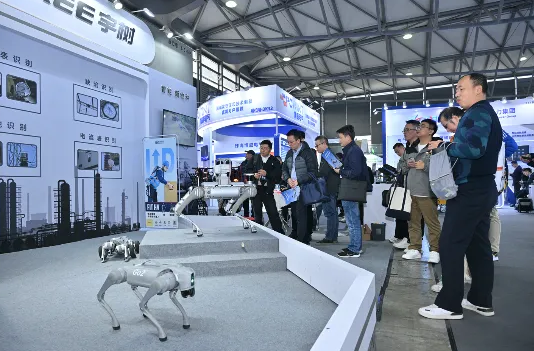
.png)





























.png)











.png)















